-
Nadar II: Journal pour rire 1848-51
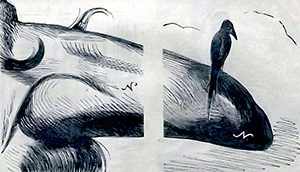
After Nadar had to cease his own magazine “Revue Comique” due to new censorship laws under the presidency of Louis Napoleon, he continued to work for Charles Philipon. In his quarterly pictorial review-series for Philipon´s newly founded “Journal pour rire” he also commented on the increasing police measures, which only shortly afterwards ended in a […]
-
Ausbrüche. William Hogarth und die Folgen II: Schildermalerei
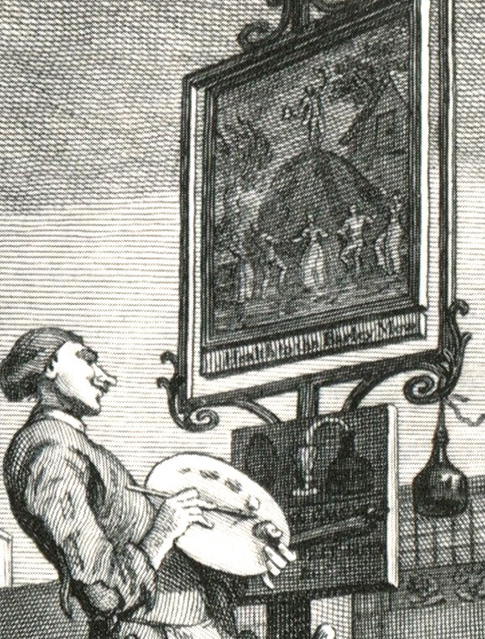
II. Schildermalerei Der hervorragendste Interpret dieser demokratischen Emblematik war der Herausgeber von Ainsworths Jack Sheppard–Roman, der ausgebildete Parlamentsstenograph und Gerichtsreporter Charles Dickens.[29] Dickens hatte eine ähnliche Sozialisation wie Hogarth erfahren, mit einem Vater, der als Schuldner inhaftiert war, dem entsprechenden sozialen Abstieg und der Notwendigkeit, früh zum Unterhalt der Familie beizutragen. Die große Schnittmenge zwischen […]
-
Félix Nadar III: Petit Journal Pour Rire 1856

The photographic studio that Nadar ran since 1855 did not prevent him from continuing his press-graphic work. The following year, he supported his friend Charles Philipon in the publication of a smaller offshoot of “Journal pour rire” as a co-editor and chief cartoonist.
-
Nadar I: Revue Comique 1848 -1849
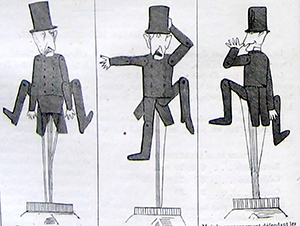
Before he became famous as a society photographer, a ballonist and a patron of the Impressionists, Gaspard-Félix Tournachon was known under his penname Nadar as one of the most inventive French cartoonists of the era. In the revolutionary year 1848 the republican activist started to work for the caricature journal “Le Charivari” of his friend […]
-
Ausbrüche: William Hogarth und die Folgen I: Das Porträt.

I. Das Porträt Fünfundsiebzig Jahre nach seinem Tod tauchte William Hogarth als Akteur in dem Dokumentarroman Jack Sheppard von William Harrison Ainsworth auf, der ab Januar 1839 als Fortsetzungsgeschichte in dem vom jungen Charles Dickens herausgegebenen Literaturmagazin Bentley´s Miscellany abgedruckt wurde. Auch in The Portrait , einer der Illustrationen des Romans, die von George Cruikshank […]
-
Zurück in die Zukunft oder die Entstehung von Science-Fiction aus der Spekulationsblase. Eine Bildergalerie
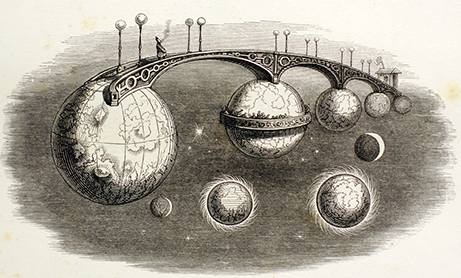
Das von Mathias Winzen geleitete Museum mit dem an die konkrete Prosa von Staumeldungen erinnernden Namen LA8 in Baden-Baden leistet seit nunmehr sieben Jahren in einer ununterbrochenen Folge spannender Themenausstellungen eine imponierende kulturhistorische Aufarbeitung des lange verdrängten und immer aktueller werdenden 19. Jahrhunderts. Daß diese Institution in ihrer Orientierung an Kunst und Technik nicht nur […]
-
Doré´s works for “Journal pour Rire” (1847-51) – II

Thirteen years before his coeval successor Wilhelm Busch began his career at the Munich “Fliegende Blätter”, young Gustave Doré had already established a mature and distinct Comic imagery in Charles Philipon´s groundbreaking “Journal pour Rire”. Doré´s Art of Comic was a livley blend of various influences: The loose improvised “romans en images” of Rodolphe Töpffer […]
-
Doré´s works for “Journal pour Rire” (1847-51) – I

In 1847, the pioneering publisher Charles Philipon launched a new graphic periodical. The success of his “Journal pour Rire”, which can be regarded as the world´s first Comic magazine, was based not least on the graphical inventiveness of the sixteen-year-old exceptional talent Gustave Doré. In the large folio pages “Doré proved himself master of three […]
-
Steve Bell: British Party conferences in times of Brexit (Videos)
The annual party conferences provided lots of opportunities for physiognomy-analyst Steve Bell to study the leading characters of British politics bodily. In Liverpool he captured Jeremy Corbyn, the Leader of the Labour Party, and his opponent Tom Watson. > Video: The Guardian During the Tory conference in Birmingham Bell detects that Prime Minister Theresa May […]
-
Kathedrale und Bierdeckel. oder: Gefälle zwischen Malerei und Illustration?
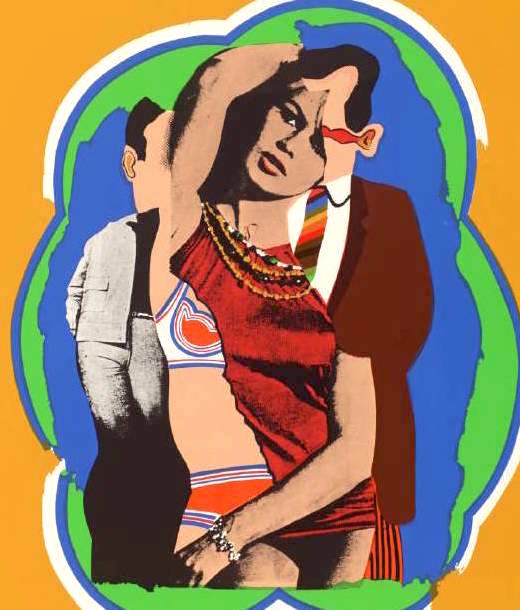
Vorbemerkung: Dies ist eine Art visueller Essay zum Thema „Illustration und Malerei“ aus der Perspektive meines Ateliers und der Lehre. Antoine Watteau, Das Ladenschild des Kunsthändlers Gersaint, 1720 / 21 (Source) und Europas größter Comicladen, Esslingen 2013 (Source) Die Begriffe „Illustration“ und „Malerei“ benutzt man im Alltag als verwandte, aber doch gegeneinander abgegrenzte Kategorien. Von […]